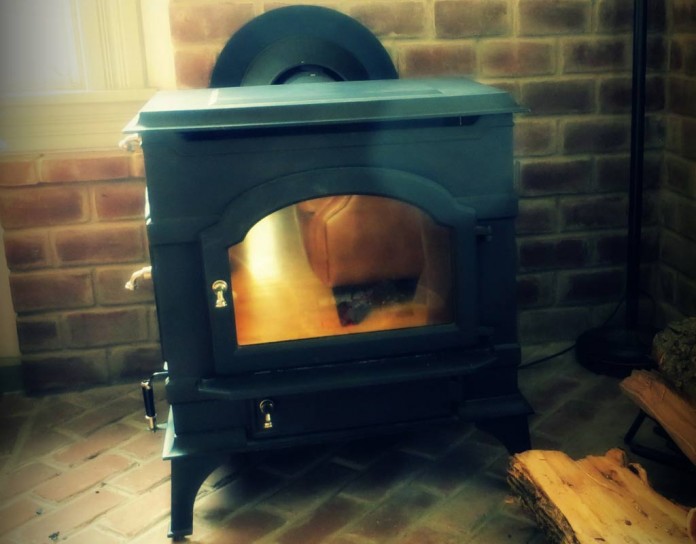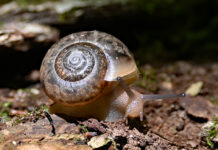Now that fall and winter are knocking on the door step it is time to think about firing up the wood burner. You need to ask yourself one question, when was the last time this chimney was inspected and cleaned?
When cleaning the creosote out of the chimney, doing half a job is like not cleaning it. If you are not sure how to clean your chimney there are several qualified chimney sweeps who do a wonderful job cleaning the chimney.
In addition to cleaning your chimney, a good chimney sweep can inspect your chimney for potential problems.
Creosote
Creosote can build up in any chimney whether you have a fireplace or a wood burner. Wood burners will typically build creosote quicker due to the efficiency of the stove and the cooler smoke out the chimney.
Certain conditions encourage the buildup of creosote: restricted air supply, unseasoned wood and cooler-than-normal chimney temperatures are all factors that can accelerate the buildup of creosote on chimney flue walls.
The combustion process when wood is burned is never complete. The smoke from a wood fire usually contains a dark brown or black substance whicwwh has an unpleasant odor. This tar-like substance is called creosote and is found almost anywhere in a wood heating system.
At temperatures below 250 degrees, creosote will condense on the surfaces of stove pipes or chimney flues.
When the temperature gets below 150 degrees, the creosote deposit will be thick, sticky and similar to tar. This tends to trap carbon from smoke which dries and bakes inside pipes and flues.
This flaky substance is very flammable. Chimneys need to be cleaned to remove creosote and soot deposits. This will prevent chimney fires and improve the draft as well.
Cleaning
How often the chimney is cleaned depends on how frequently the wood burning appliance is used, how it is operated and the type of installation.
Chimneys are normally cleaned by mechanical means to scrape off any loose creosote build up.
Stiff wire chimney cleaning brushes are available at reasonable cost. They are constructed to match the size of the chimney flue and can be pushed through the chimney with extension rods or pipe, or can be pulled with ropes on either end of the brush.
Other methods of knocking the creosote out can be used. Chemical chimney cleaners are commercially available. These are not intended for use in chimneys already containing heavy deposits of soot and creosote.
Chemical cleaners are intended to be used after chimneys are cleaned or new. Use the chemicals as directed. If not used as directed, the chemicals can cause intense chimney fires that will result in rapid deterioration of the chimney.
The only efficient and effective method of cleaning is to use a chimney brush, since the brush scrubs the entire surface uniformly. Chimney fires can burn explosively — noisy and dramatic enough to be detected by neighbors or passersby.
Flames or dense smoke may shoot from the top of the chimney.
Homeowners report being startled by a low rumbling sound that reminds them of a freight train or a low flying air plane.
What to do. What to do if you have a chimney fire, according to Chimney Safety Institute of America:
1. Get everyone out of the house, including yourself;
2. Call the fire department.
If you can do so without risk to yourself, these additional steps may help save your home. Remember, however, that homes are replaceable, but lives are not:
1. Put a chimney fire extinguisher into the fireplace or wood stove;
2. Close the glass doors on the fireplace;
3. Close the air inlets on the wood stove;
4. Use a garden hose to spray down the roof (not the chimney) so the fire won’t spread to the rest of the structure;
5. Monitor the exterior chimney temperature throughout the house for at least two or three hours after the fire is out. Once it’s over, call a CSIA Certified Chimney Sweep to inspect for damage.
Chimney fire damage and repair normally is covered by homeowner insurance policies. If you have any questions on creosote in your chimney there are several good websites or you can contact our office and we can send you information from the website.
Have a safe winter!














Nicer article – very detailed information. I agree with everything except one item – a wire brush cannot be used on a metal chimney or it could cause the chimney to become disconnected. For this reason we use poly brushes on metal chimneys. And always use a CSIA Certified Chimney Sweep who is a trained professional (www.csia.org).